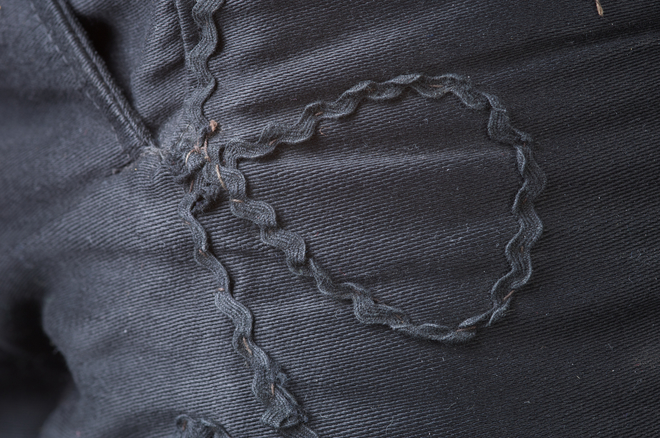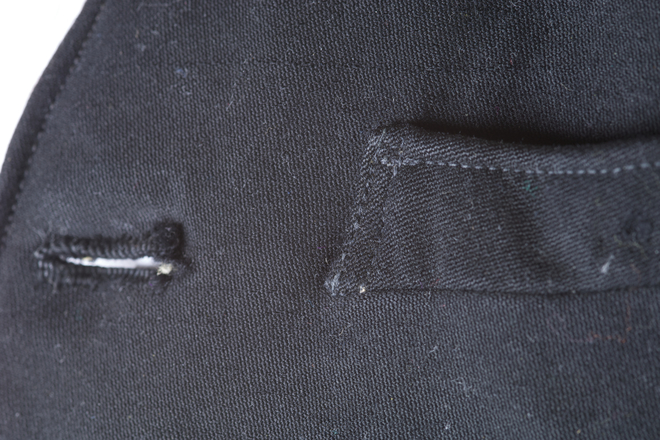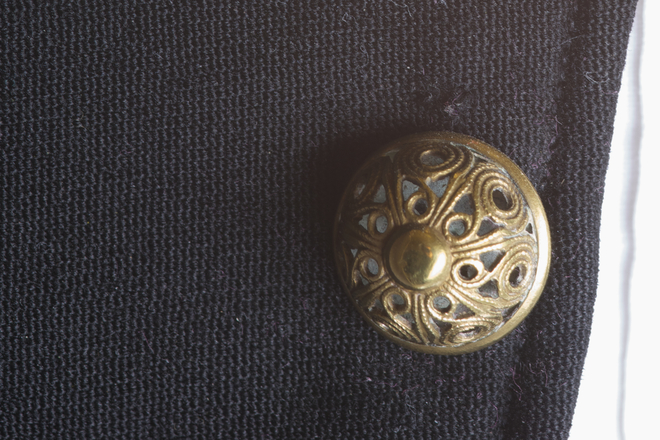Podzoborie
Jelenec is one of the most important historical communities in the Podzoborie (Zoborvidék-Zoboralja in Hungarian). This microregion with a surface of 19,440 ha and about 21,000 inhabitants is situated in the footlands of the mountains Zobor, Žibrica, and Veľký Lysec.
The blue marking leads from the recreation centre Remitáž (2426) on an asphalt road to the municipality of Jelenec. Slightly ascending in the open landscape with interesting views we come, past the nearby water tank Jelenec, to the border of the forest, where the slope decreases. We continue on the asphalt road directly to the beginning of the municipality of Jelenec.
Time: 25 min., in the opposite direction 25 min., length: 1.5 km, easy.
The inner division between the inhabitants of these villages into three territories is given by the geography of the mountain range of Tribeč. In the south of these mountains are the hegyaljai municipalities: Nitrianske Hrnčiarovce (Gerencsér), Dolné Štitáre (Csitár), Pohranice (Pográny), Dolné Obdokovce (Alsóbodok), Hosťová (Nyitrageszte), Kolíňany (Kolon), Žirany (Zsére), Jelenec (Gímes), and Ladice (Lédec). In the northwest are two hegymegi villages: Podhorany-Mechenice (Menyhe) and Bádice (Béd). The municipalities of Jelšovce (Nyitraegerszeg) and Výčapy-Opatovce (Vicsápapáti), called vízmegi, are situated behind the Nitra River.
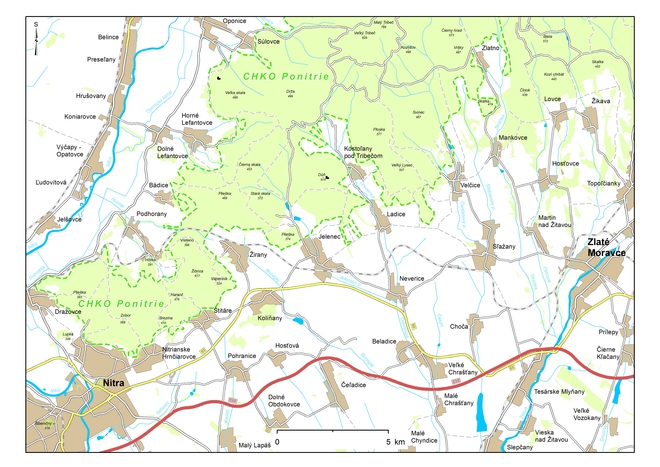
It is a borderland: the Nitra Region and the Tekov Region meet here, it consists of hill land as well as lowland, it comprises the Slovak-Hungarian ethnic border and at the same time the border between two Hungarian folk cultures, the so-called Palócz and the culture of the Danube lowlands.
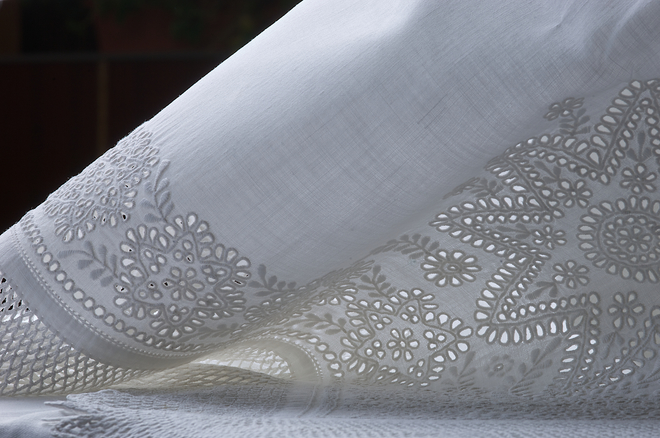
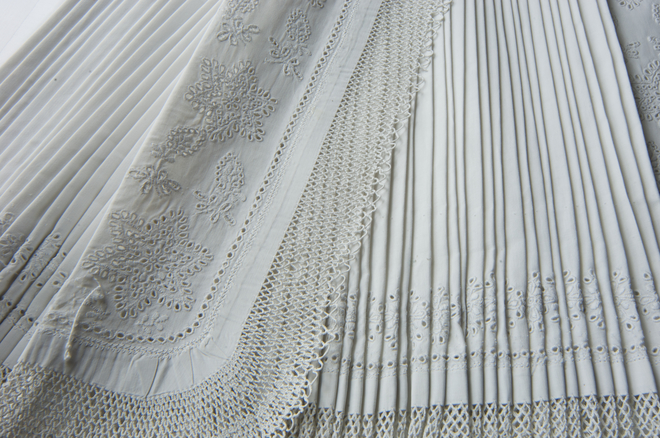
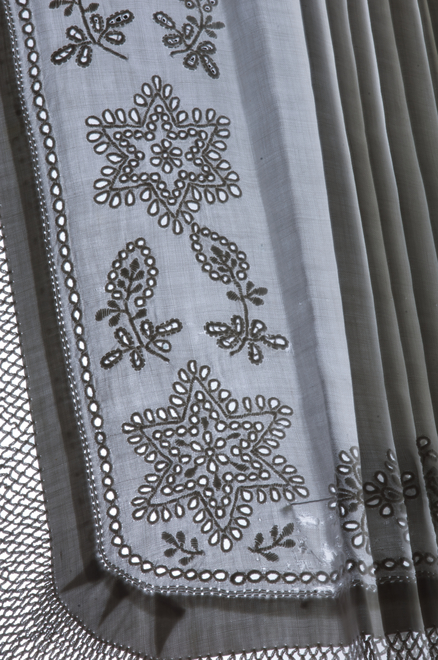
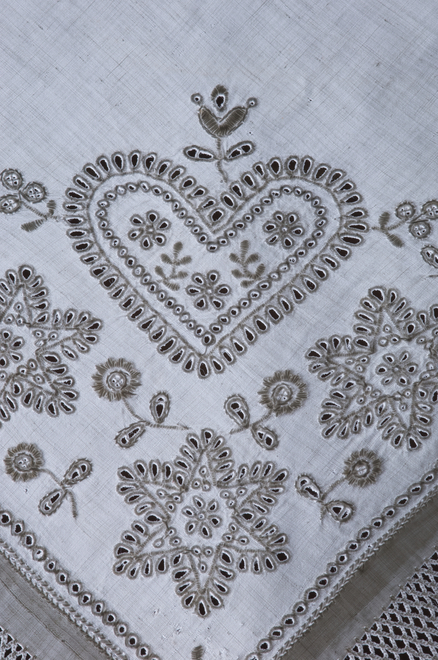
The Zobor Microregion is considered the northernmost territory with a Hungarian population, and it is being described as an isolated Hungarian (language) enclave. The Hungarian population of these municipalities is distinguished by common descent, on grounds of a common folk costume and their linguistic isolation (encircled by the Slovaks). The Hungarians of Zobor consider themselves, and are considered by official Hungarian historiography, the descendants of Old Hungarian settlements of the 10th century, of the ‘Siculian’ frontier-guards. Some scholars believe that this territory, contrary to the southern part of Ponitrie, was still predominantly Slavonic in Árpád times (11th century), and that the Hungarian component prevailed at a later time only. Archaeological research cannot produce any arguments for the ethnic situation in the past. However, in the Nitra Region a continuous development of the originally Slavonic settlement is attested. A number of solitary Old Hungarian cemeteries from the first half of the 10th century are known from this region and there are proofs of a cohabitation of both ethnic groups in the 10th century. In the 11th century, elements of material culture that can be attributed to a certain ethnicity vanished from the cemeteries. Especially in the lowlands of (the Hungarian dominated) Nitra Region the population significantly declined during the Turkish attacks and the anti-Habsburg Revolt at the end of the 17th century. From 1680 to the end of the 18th century the ethnic composition changed completely; the territory was resettled by Slovaks and so the language enclave of Zobor developed, which was preserved until the mid-20th century. After 1945 the homogenous ethnic composition of these municipalities was disturbed and the Hungarian population gradually declined. Currently Hungarians form a minority or half of the population at most. The isolation of this territory since the end of the 18th century has preserved a number of archaic traits in the traditional Hungarian culture, mainly in the folklore; at the same time it displays stronger ties to the surrounding Slovak culture as well. Main source of subsistence was agriculture. However, as a result of an insufficient quality of farmland, the inhabitants of almost all villages had additional occupations. The inhabitants of Kolíňany were known for burning lime, sheep was bred in Bádič and Jelšovce, the inhabitants of Hrnčiarovce were potters and processed hemp, Mecheníce engaged in logging and the production of charcoal, in Žirany lime was burnt and hemp grown, Jelenec was famous for its carrots and Ladice for viticulture.
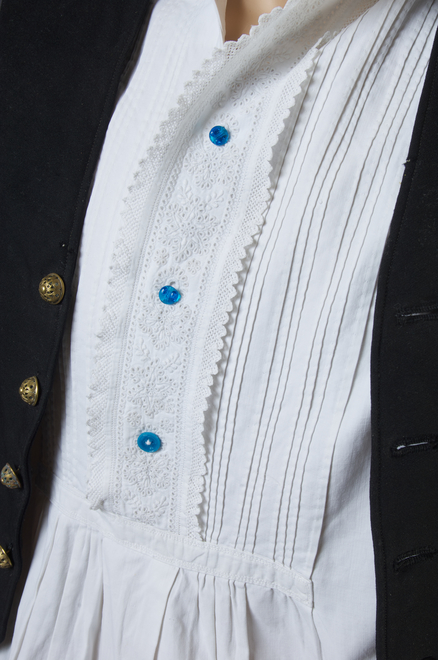
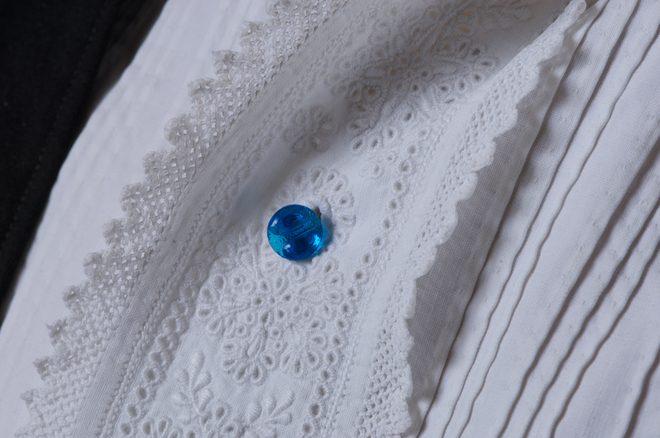
A means to distinguish themselves from the surroundings was the traditional costume. Since the 1950s the Hungarian Social and Cultural Association of Slovakia (Csemadok) is engaged to preserve and foster the traditional culture of Pozoborie. Its local organisations founded a number of popular folklore groups. Among the municipalities crossed by the educational trail we can name for example the Ladice group Hajnalkert (founded in 1969), Villő in Jelenec (since 1964, first as a children choir), the mixed choir of Ghymes (2008), the women’s choir Zoboralja, the folkloristic choir Zsibrica, and the children’s choir Ibrice in Žirany. The traditional culture of the municipalities of Zobor is remembered in the ethnographic exhibition of the Csemadok in the Forgách Museum in Jelenec (station No. 30) and the exhibition on local history in the Ľudový dom in Žirany (station No. 34). After the foundation of the regional association of the Podzoborie in 1992 co-operation between individual communities became more intense. A tradition of Podzoborie cultural celebrations was called into being (usually organised in September), and the ‘Dni zmierenia spojené s kladením vencov k Pomníku nádeje v Žiranoch’ (Days of reconciliation and the wreath ceremony at the Hope Memorial in Žirany) in 1994. Since 2003 the Stretnutie generácií (Generációk Találkozása – Meeting of generations) has been a popular event among the inhabitants of the Podzoborie. As a merit of the Csemadok of Nitra, it has been held for twelve times already and offers a rich cultural and social programme (usually on the third weekend in July).
